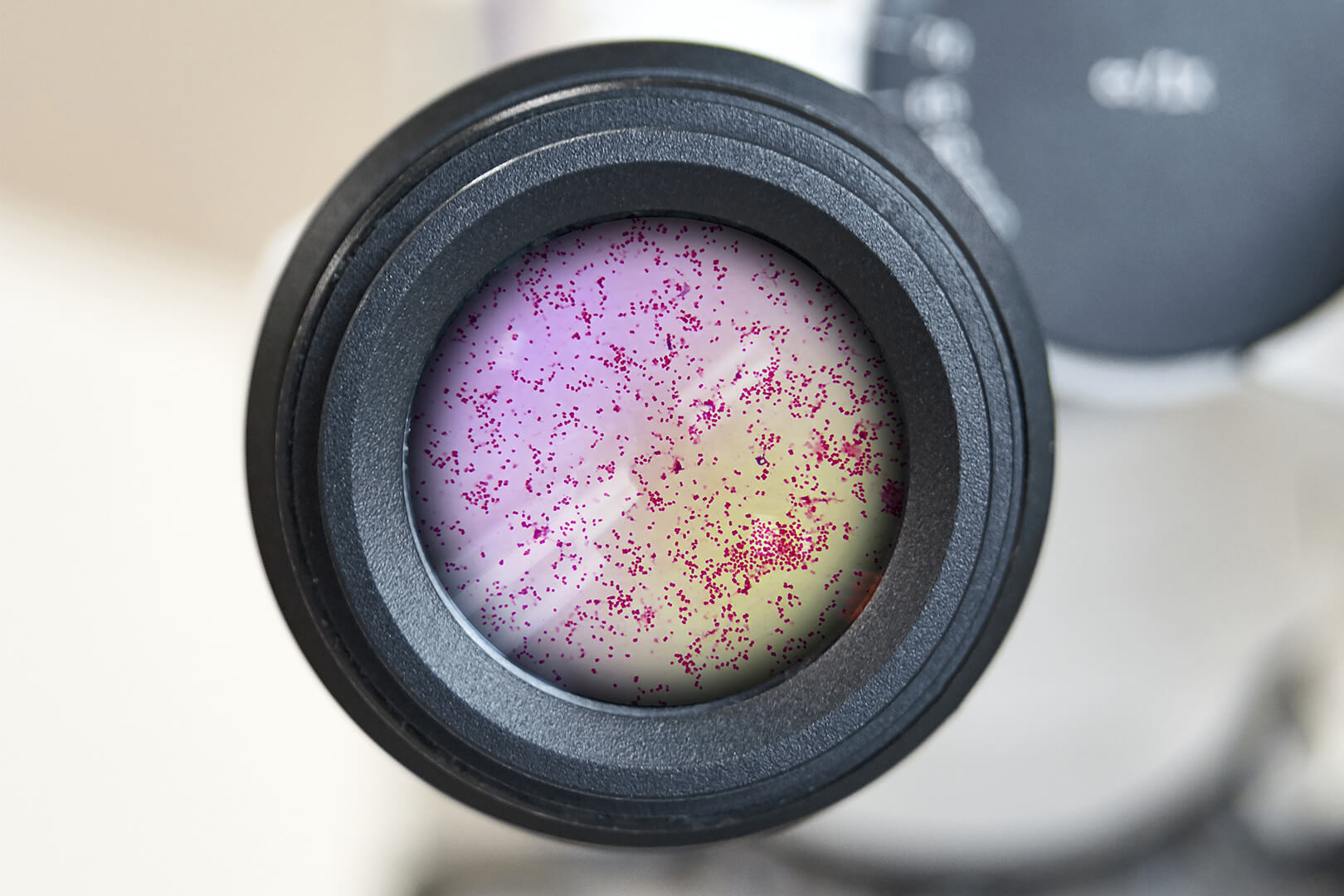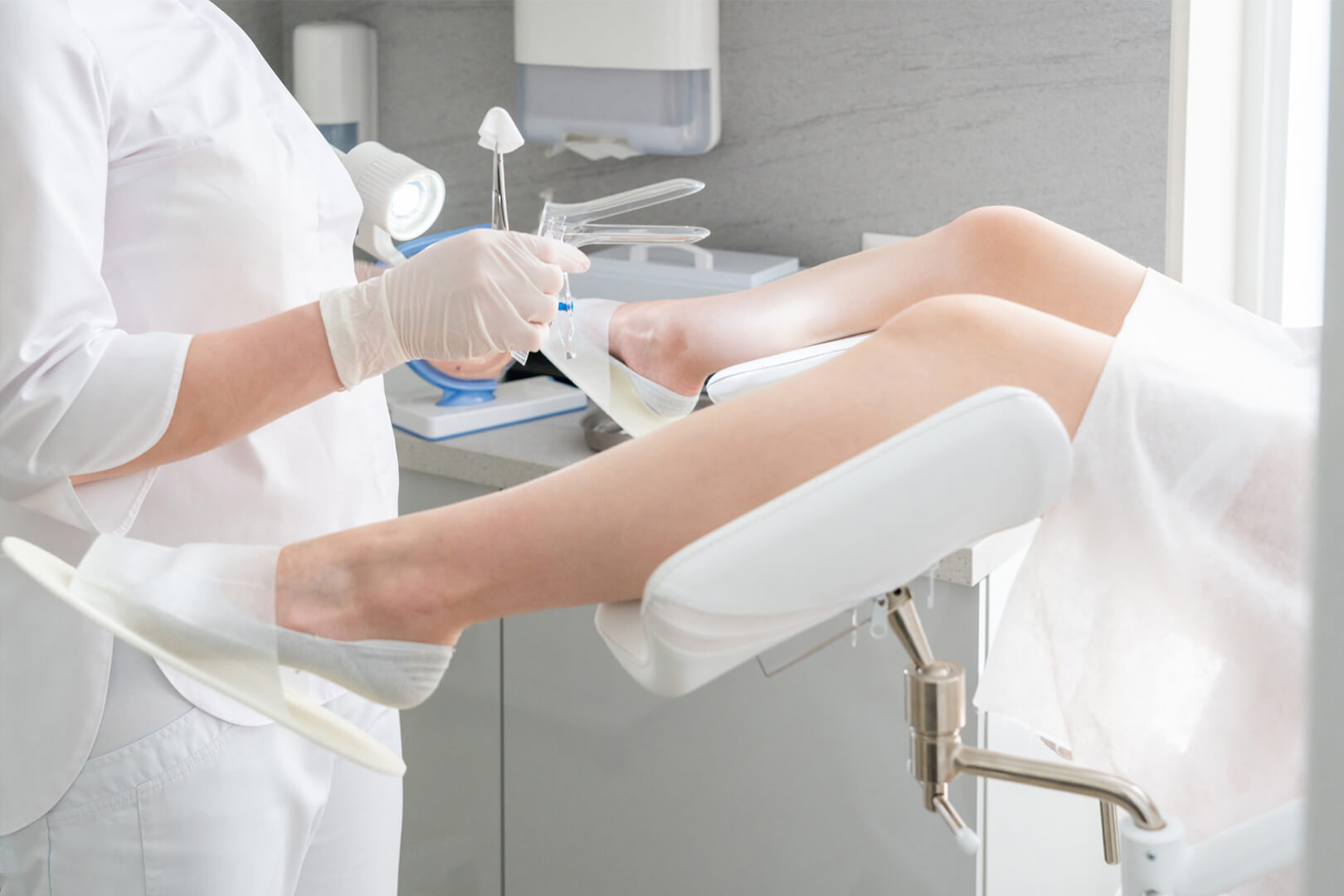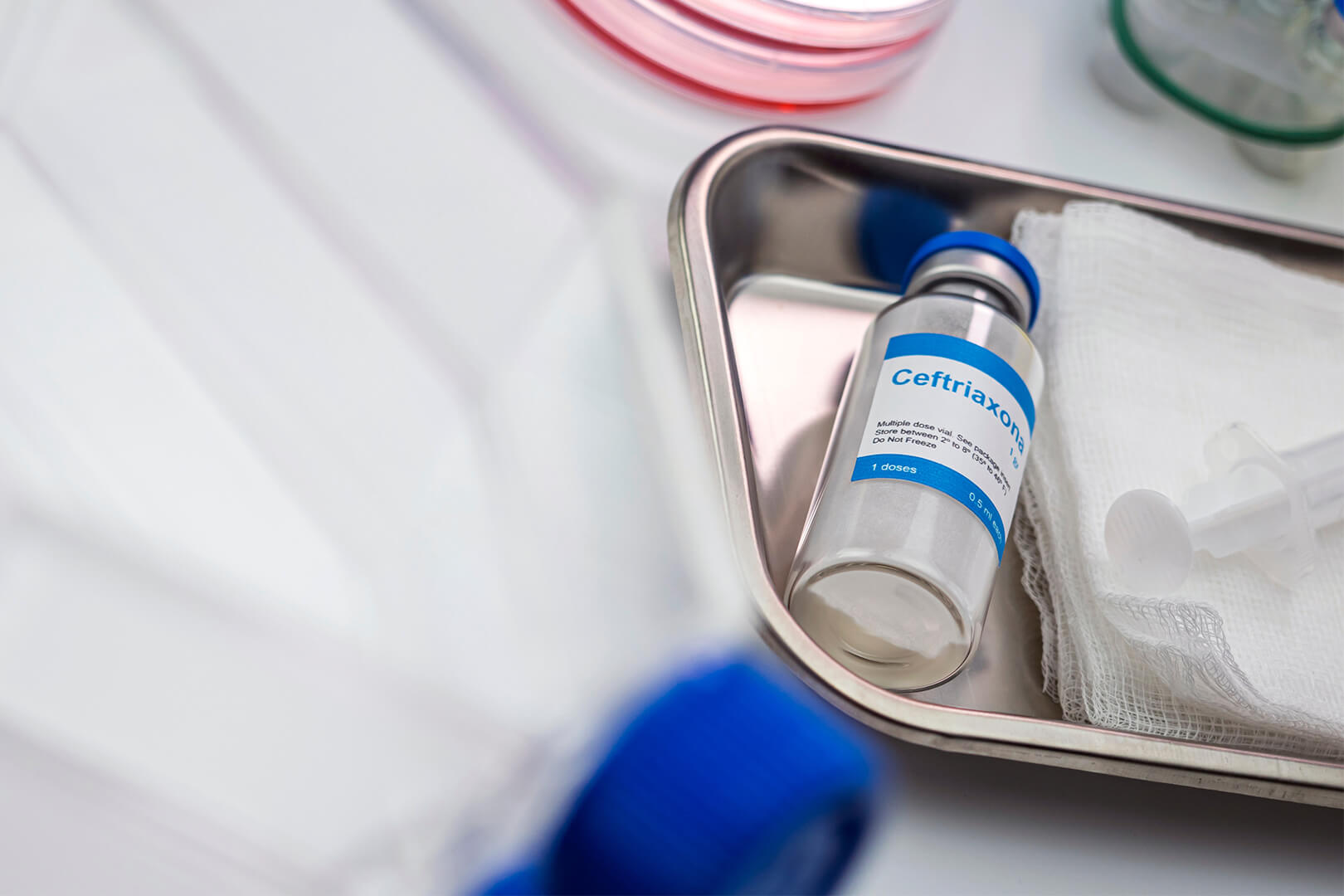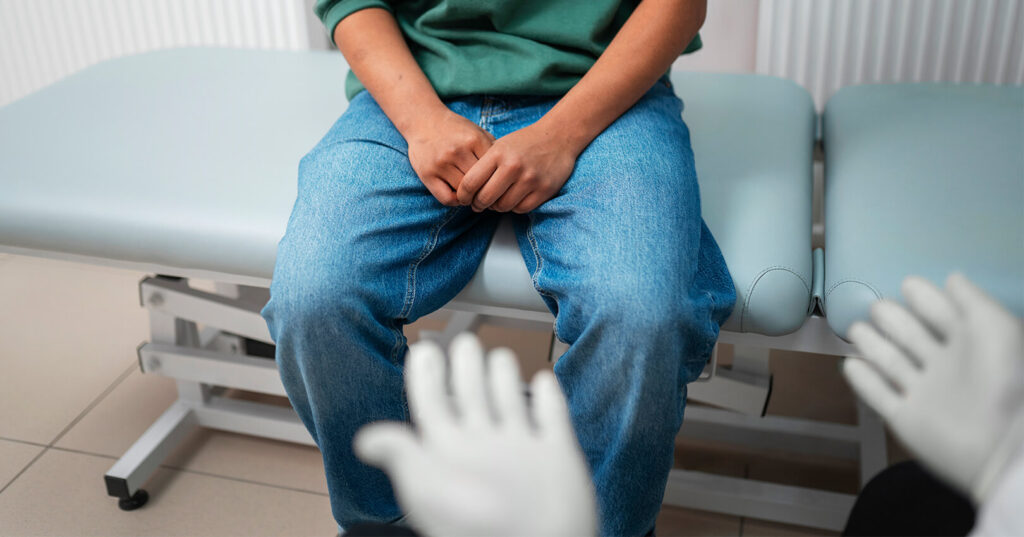Gonorrhea, often colloquially referred to as “the clap,” is a widespread sexually transmitted infection (STI) that can affect various parts of the body, chiefly the genitals, mouth, and rectum. Caused by the bacterium Neisseria gonorrhoeae, this infection spreads primarily through sexual contact with an infected person. If left untreated, it may result in serious health complications, highlighting the importance of early detection and treatment.
Both men and women can contract gonorrhea, though it often presents differently depending on one’s reproductive anatomy. For many, symptoms might not immediately appear, which contributes to its rapid transmission. The Centers for Disease Control and Prevention advises regular testing for sexually active individuals, particularly those under the age of 25 or with multiple sexual partners.
Timely diagnosis and treatment are critical, as gonorrhea is easily treatable with prescribed antibiotics. Without treatment, the infection can lead to severe and long-lasting health issues, such as infertility or increased susceptibility to other infections. The importance of responsible sexual health practices cannot be overstated in the ongoing effort to control this infection’s spread.
CONTENTS
WHAT IS GONORRHEA
Gonorrhea is a sexually transmitted infection caused by specific bacteria. It primarily spreads through various forms of sexual contact and affects both men and women differently. Understanding the causative factors and the scope of its spread can help in managing its impact.

CAUSATIVE AGENT
The bacterium Neisseria gonorrhoeae is responsible for gonorrhea. It primarily infects mucous membranes of the reproductive tract but can also affect the mouth, throat, eyes, and anus.
Mucous membranes provide a suitable environment for the bacteria to thrive. The infection is commonly transmissible through vaginal, oral, or anal sexual contact. In some cases, it may also spread from a mother to her baby during childbirth, increasing the risk of eye infections in newborns.
People infected do not always exhibit symptoms, which can lead to further unintended transmission. The bacteria are sensitive to certain antibiotics, but resistance is a growing concern. Regular testing and early treatment are vital for preventing complications such as pelvic inflammatory disease or infertility.
EPIDEMIOLOGY
Gonorrhea is widespread, with millions of new cases reported globally each year. According to the World Health Organization, its prevalence is notable among sexually active individuals, particularly in urban environments.
Both genders are susceptible, but young adults under 25 years old are at higher risk. Factors contributing to its spread include unprotected sex, having multiple sexual partners, and existing sexually transmitted infections.
Prevention strategies, including the use of condoms and regular STI screenings, are crucial in controlling outbreaks. Efforts to educate high-risk populations can significantly reduce infection rates. Continual surveillance and healthcare interventions play a critical role in managing this public health challenge.
TRANSMISSION OF GONORRHEA
Gonorrhea is transmitted through two primary pathways: sexual contact and vertical transmission. This section details these routes and their implications for spreading the infection.

SEXUAL TRANSMISSION
The primary mode of gonorrhea transmission is through sexual contact. Neisseria gonorrhoeae, the bacterium responsible for this infection, spreads during unprotected vaginal, anal, or oral sex with an infected person. People frequently get infected without realizing it, as the infection can often be asymptomatic.
Men who have sex with men are particularly at risk and advised to undergo routine screening. Similarly, sexually active individuals with multiple partners or those with partners who have confirmed sexually transmitted infections should be vigilant and get tested regularly. Preventative measures include the consistent use of condoms and open communication about sexual health with partners.
VERTICAL TRANSMISSION
Vertical transmission occurs when the infection is passed from a pregnant individual to their baby during childbirth. Newborns exposed to the infection can suffer from serious complications, including eye infections that might lead to blindness if untreated. This transmission route is a significant concern and highlights the need for prenatal screening and treatment.
Pregnant individuals diagnosed with gonorrhea are usually treated with antibiotics effective against Neisseria gonorrhoeae to reduce the risk of transmitting the infection to the baby. Early detection and treatment of the infection in expectant parents is key to preventing complications associated with vertical transmission. Routine prenatal care often includes testing for gonorrhea to safeguard both the parent and child.
SYMPTOMS AND DIAGNOSIS
Gonorrhea, a common sexually transmitted infection, may not always cause symptoms, but when it does, they can vary based on gender and affected body areas. Detecting gonorrhea relies on accurate diagnosis procedures to ensure effective treatment.

COMMON SYMPTOMS
Gonorrhea symptoms often differ between men and women. Men may experience painful urination, pus-like discharge from the penis, or testicular pain. For women, symptoms can be mild or mistaken for a bladder or vaginal infection, including increased vaginal discharge, painful urination, and bleeding between periods.
In addition to genital symptoms, gonorrhea can affect other sites. Rectal infections might result in discharge or itching, while throat infections could cause soreness. Eye infections, though rare, are also possible, causing irritation or discharge.
DIAGNOSIS PROCEDURES
Diagnosing gonorrhea involves specific medical tests. Healthcare providers typically use a nucleic acid amplification test (NAAT) to detect the presence of the bacteria. This test is highly accurate and can be conducted using urine samples or swabs from the affected areas.
During a medical appointment, a physical examination might also be performed to assess symptoms. Regular testing is advised for at-risk groups, including sexually active individuals under 25 or those with new or multiple partners. Following a positive test, prompt antibiotic treatment is essential to prevent complications and reduce transmission risks.
TREATMENT OPTIONS
Effective management of gonorrhea typically involves prescribed antibiotics. It’s crucial to consider the growing issue of antibiotic resistance which impacts treatment strategies.

ANTIBIOTICS
The primary treatment for gonorrhea involves antibiotics as recommended by health authorities. A common regimen includes a single 500-mg intramuscular dose of ceftriaxone. For those weighing over 150 kg, a 1000 mg dose is advised. This specific antibiotic targets the bacteria responsible for gonorrhea, aiming to clear the infection efficiently.
For patients allergic to ceftriaxone, alternative antibiotics may be considered. It’s important for healthcare providers to assess individual patient needs and consider co-infections such as chlamydia, which requires additional treatment. Ensuring adherence to the prescribed antibiotic regimen is crucial for effective treatment and prevention of complications.
RESISTANCE CONCERNS
Antibiotic resistance is a significant challenge in treating gonorrhea. The bacteria have increasingly developed resistance to previously effective antibiotics. This necessitates ongoing surveillance and updated treatment guidelines by the CDC to ensure efficacy.
Healthcare professionals must remain informed about current resistance patterns and adjust treatment plans accordingly. Close monitoring of treatment response is essential. If resistance is suspected, culture tests may be conducted to determine susceptibility to available antibiotics. This highlights the importance of research into new treatment options to address resistant strains effectively and maintain control over the spread of the disease.
PREVENTION STRATEGIES
Addressing the spread of gonorrhea necessitates a strong focus on practicing safe sex and exploring advancements in vaccination research. These initiatives are crucial to reducing transmission rates and ensuring public health.

SAFE SEX PRACTICES
Safe sex practices are pivotal in preventing the transmission of gonorrhea. Regular and correct use of condoms can significantly reduce the risk of contracting this sexually transmitted infection. Condoms act as a barrier to prevent the exchange of sexual fluids, which is a common method of transmission. Education and access to condoms are essential components in promoting these practices among sexually active individuals.
Limiting the number of sexual partners and engaging in mutually monogamous relationships where both partners are tested for infections are additional effective strategies. Public health campaigns are instrumental in raising awareness and educating communities about these prevention methods. Testing for gonorrhea and other STIs should be a regular practice among sexually active people, especially those with multiple partners.
VACCINATION RESEARCH
Research into developing a vaccine for gonorrhea has been ongoing, with promising strides being made. Though there is currently no approved vaccine, scientific advancements are paving the way for potential preventive measures. Experts are focused on identifying the specific antigens that could elicit a protective immune response against Neisseria gonorrhoeae, the bacteria responsible for gonorrhea.
Vaccination could play a significant role in controlling the spread of gonorrhea, particularly with the growing concern of antibiotic-resistant strains. Collaborative efforts between researchers, health organizations, and governments are essential in pursuing breakthroughs in this field. Continued funding and support for research initiatives are crucial for the development of a safe and effective vaccine in the future.

